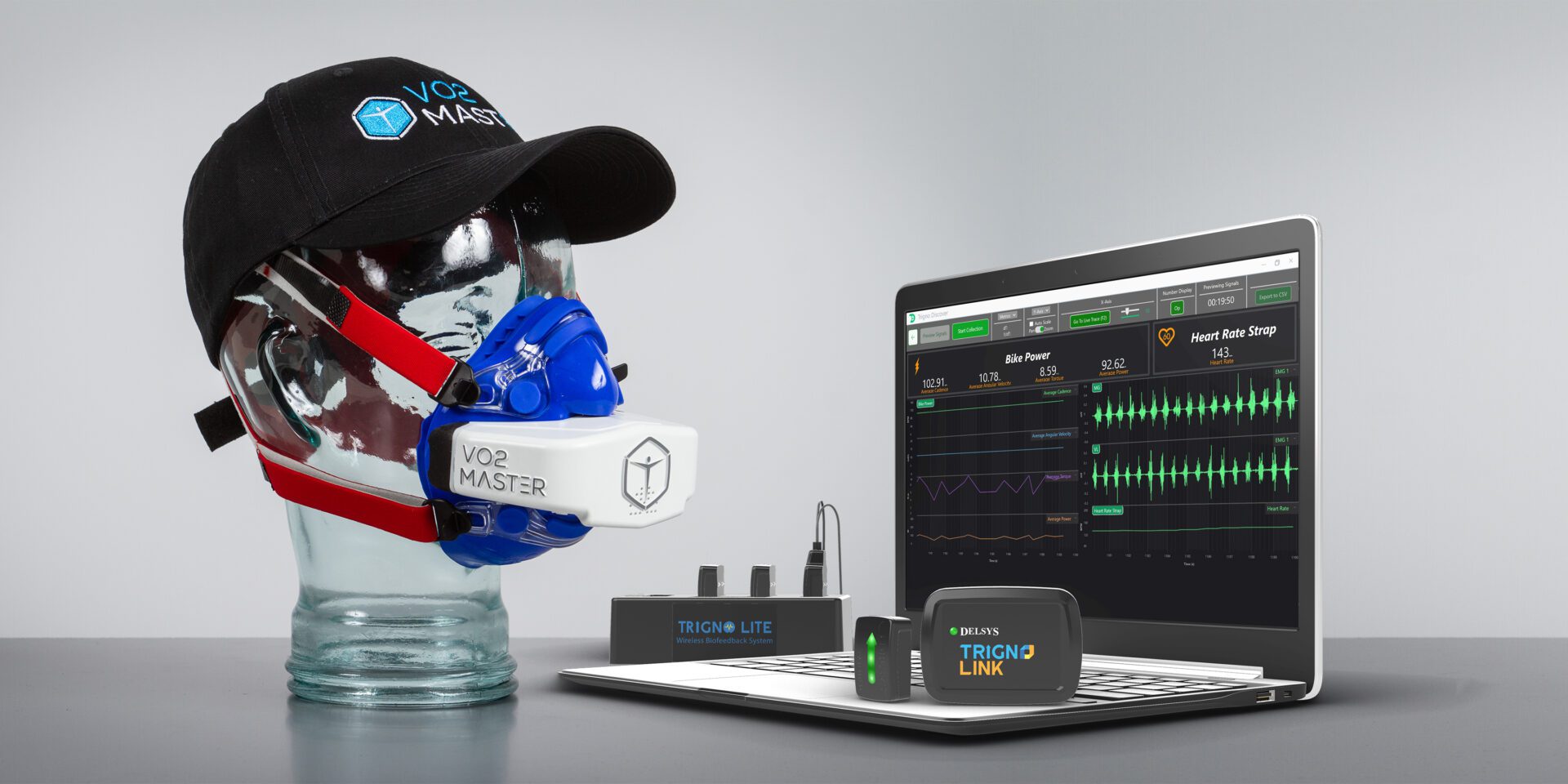Study: Ideal Slope in Downhill Running and the Benefits of Combining EMG and VO2
Researchers from the Laboratory of Human Movement Biology at Jean Monnet University, France, conducted a study combining EMG and VO2 measurements to identify the ideal slope for downhill running.

Conducted by Thomas Lapole and Gabriel Idda from the Laboratory of Human Movement Biology (LIBM) at Jean Monnet University, Saint-Etienne, France.
Understanding the physiological and biomechanical factors that influence performance during exercise is crucial for optimizing training and rehabilitation strategies. The integration of electromyography (EMG) with cardiorespiratory measurements like VO2 has opened new avenues for research and practical applications in sports science. The VO2 measurement is a critical indicator of cardiorespiratory fitness, representing the maximum amount of oxygen an individual can use during exercise. EMG, on the other hand, is a technique used to monitor and analyze the electrical activity produced by muscles during contractions. Combining these two powerful tools can provide a more comprehensive understanding of human performance and muscle function.
VO2 Master and EMG Integration
The VO2 Master is a portable VO2 analyzer that allows for real-time monitoring of metabolic performance in various environments, making it a versatile tool in both clinical and field settings. The portability and hose-free design of the VO2 Master facilitate its integration with other measurement systems, such as EMG, to provide a holistic view of an individual’s physiological status during exercise.
EMG provides detailed insights into muscle function by recording the electrical signals generated during muscle contractions. This data can be used to assess muscle effort, coordination, fatigue, and neural control strategies. By integrating EMG with VO2 measurements, researchers and practitioners can achieve a more accurate and detailed understanding of how muscles and the cardiorespiratory system interact during physical activity. This integration can lead to better treatment planning, improved training program efficiency, and enhanced overall performance monitoring.
The Ideal Slope in Downhill Running
While much research has focused on the energy cost (Cr) of running on flat surfaces, downhill running introduces different mechanical and physiological challenges. The research conducted by Thomas Lapole and Gabriel Idda at the Laboratory of Human Movement Biology (LIBM) aimed to identify the optimal downhill slope for minimizing the energy cost of running. They explored the muscular and biomechanical determinants of this optimal slope using EMG and VO2 measurements, along with accelerometer data.
Experiment Protocol
The study involved two experimental sessions. The first session collected data on muscle activity using an isokinetic dynamometer to normalize EMG data. Following a rest period, participants ran on an instrumented treadmill under different slope conditions (-5%, -10%, -15%, and -20%) and at two speeds (10 km/h and 12 km/h). In the second session, a similar protocol was followed with slight modifications to trial durations. EMG data were collected from the Gastroc Lateralis (GL) and Vastus Lateralis (VL) muscles, while peak propulsive force (PPF) and peak braking force (PBF) were measured using the treadmill.
Results and Discussion
The study found that the lowest cost of running occurred at a slope of approximately -13.7% when the speed was set to 10 km/h and -14.3% when the speed was set to 12 km/h. At these slopes, GL muscle activity and VO2 consumption decreased while PPF increased. This suggests that the GL, a muscle primarily involved in propulsion, works more efficiently at these slopes, leading to a reduction in overall energy expenditure.
However, VL muscle activity, which is associated with braking, increased as the slope became steeper. This increase in VL activity was positively correlated with PBF, indicating that the muscle plays a more significant role in braking on steeper declines. Interestingly, VL activity and VO2 consumption were slightly negatively correlated, suggesting that braking strategies may require less oxygen compared to propulsion.
Conclusion
The integration of EMG and VO2 measurements provides valuable insights into the physiological processes involved in downhill running. The research by Lapole and Idda highlights the importance of considering both muscle function and cardiorespiratory fitness when determining the optimal slope for downhill running. By combining these measurements, it is possible to optimize training programs, improve performance, and reduce the risk of injury. This approach can be particularly beneficial in designing personalized exercise programs that take into account individual physiological responses to different slopes and speeds.
Lapole and Idda plan to further their research by taking it out of the lab and into the field where data is lacking in prior research. By comparing the costs of running between the lab and the field, they hope to develop a more holistic understanding of Cr during downhill running.
For full details of the study, watch the webinar from Delsys.
